Throughout history, a select group of geologists has profoundly shaped our understanding of Earth’s processes and history. Their groundbreaking research and discoveries have unraveled the mysteries beneath our feet, offering insights into everything from plate tectonics to the age of the planet. These pioneers have not only expanded our knowledge but also laid the foundation for modern geology as we know it today.
James Hutton
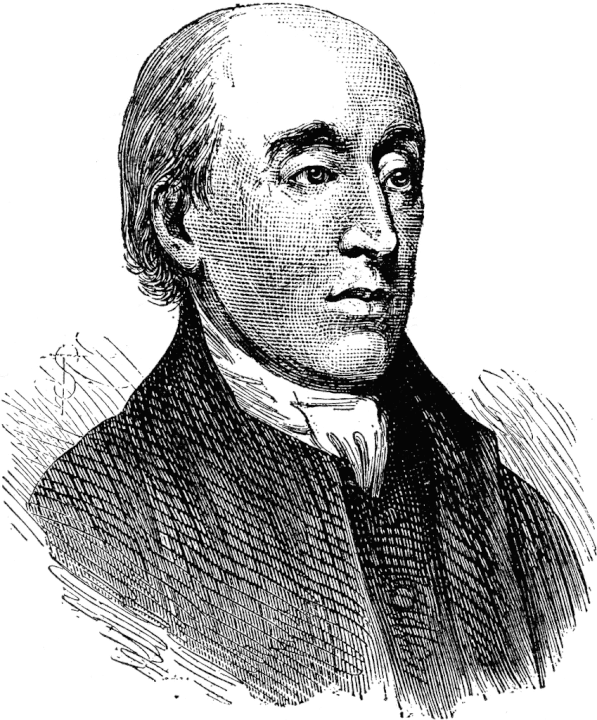
James Hutton is often referred to as the “Father of Modern Geology” due to his pioneering work in establishing the principle of uniformitarianism. This concept, which suggests that the Earth’s geological processes have remained consistent over time, challenged the prevailing belief in a young Earth shaped by catastrophic events. Hutton’s observations, particularly his studies of rock formations at Siccar Point, led him to propose that the Earth was much older than previously thought, laying the groundwork for modern geological science.
Charles Lyell
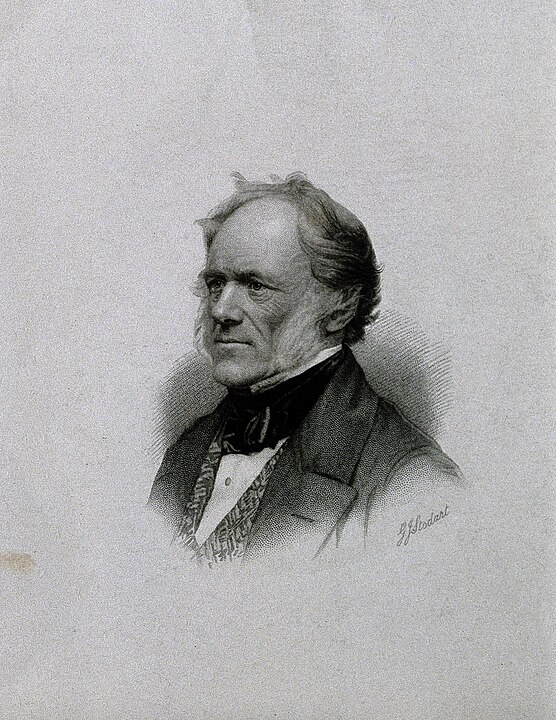
Building on Hutton’s ideas, Charles Lyell popularized the principle of uniformitarianism through his influential work, “Principles of Geology.” Lyell’s detailed descriptions of geological formations and his insistence on the slow, gradual processes shaping the Earth over eons provided crucial evidence for the theory of deep time. His work was instrumental in convincing both the scientific community and the public of the vast age of the Earth, influencing other scientists, including Charles Darwin.
Alfred Wegener
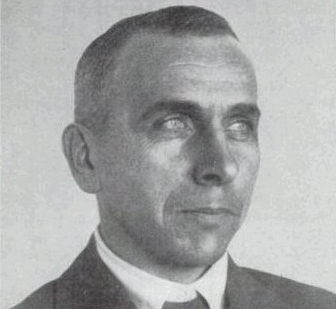
Alfred Wegener revolutionized our understanding of Earth’s continents with his theory of continental drift. Wegener proposed that the continents were once joined together in a supercontinent he called Pangaea and have since drifted apart. Although initially controversial, his ideas laid the foundation for the development of plate tectonics, which became widely accepted in the mid-20th century and is now a cornerstone of geological science.
Marie Tharp
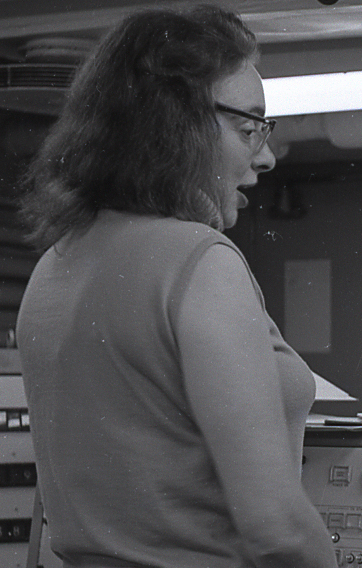
Marie Tharp’s work in oceanography led to one of the most significant geological discoveries of the 20th century: the mapping of the Mid-Atlantic Ridge. Tharp’s meticulous analysis of sonar data revealed the existence of the ridge and provided critical evidence supporting the theory of plate tectonics. Her work also challenged the male-dominated field of geology, paving the way for future generations of women scientists.
William Smith
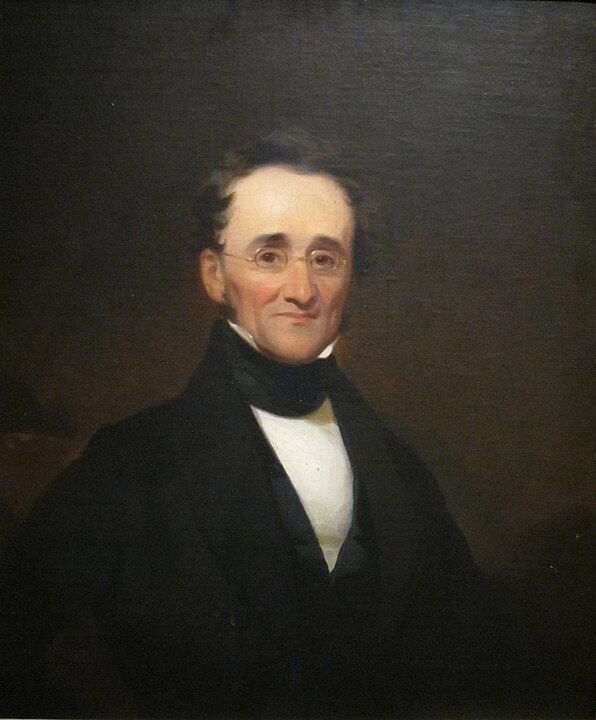
William Smith, known as the “Father of English Geology,” created the first nationwide geological map, which revolutionized the study of stratigraphy. His map of England, Wales, and part of Scotland showed the distribution of different rock strata across the country. Smith’s work established the principle of faunal succession, the idea that sedimentary rock layers contain fossils in a definite sequence, which remains a key concept in geology.
Harry Hess
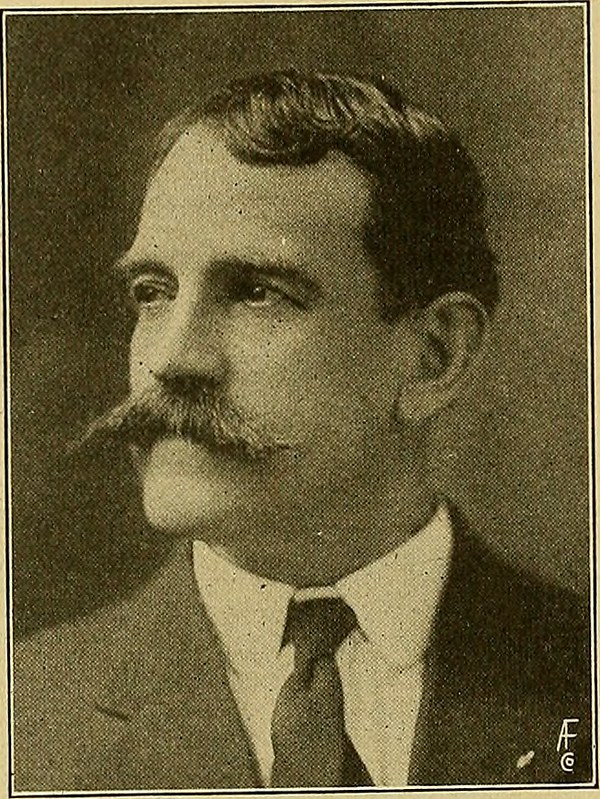
Harry Hess made groundbreaking contributions to the theory of plate tectonics through his hypothesis of seafloor spreading. Hess proposed that new oceanic crust is formed at mid-ocean ridges and spreads outwards, pushing continents apart. His ideas, based on observations of the ocean floor and the distribution of earthquakes, were crucial in the development of the modern theory of plate tectonics, which explains the movement of Earth’s lithospheric plates.
Inge Lehmann

Inge Lehmann, a Danish seismologist, discovered the Earth’s inner core. Through her analysis of seismic waves generated by earthquakes, she identified a distinct boundary within the Earth’s core, suggesting the existence of a solid inner core surrounded by a liquid outer core. Lehmann’s work provided new insights into the Earth’s internal structure and significantly advanced the field of seismology.
Louis Agassiz
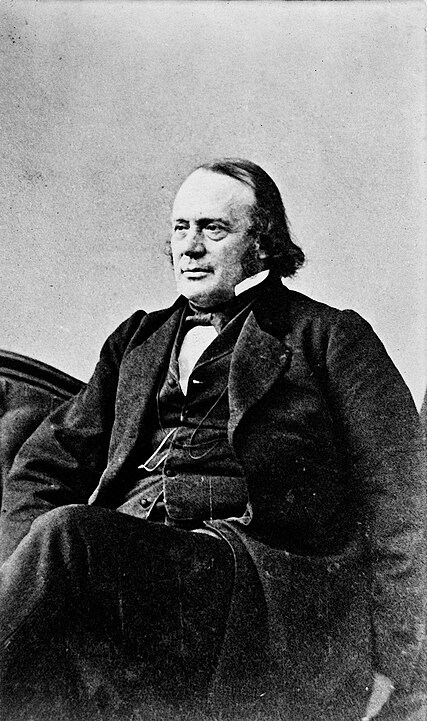
Louis Agassiz was a pioneering geologist and glaciologist who proposed the concept of ice ages. Agassiz’s studies of glacial deposits and landforms led him to theorize that much of the Earth’s surface had been shaped by the advance and retreat of massive ice sheets. His work challenged existing theories of Earth’s history and laid the foundation for modern glaciology, helping scientists understand the role of glaciers in shaping landscapes.
Arthur Holmes
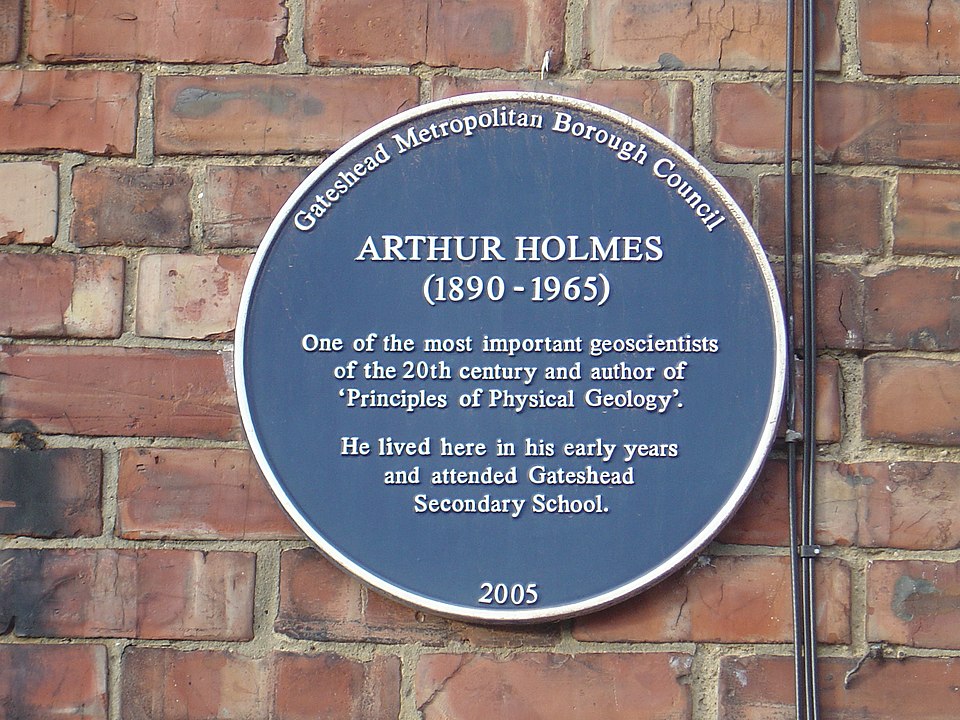
Arthur Holmes was a British geologist who made significant contributions to the understanding of Earth’s age and the mechanisms driving plate tectonics. Holmes was one of the first scientists to use radioactive decay to date rocks, which provided more accurate estimates of Earth’s age. He also proposed the concept of mantle convection as the driving force behind plate tectonics, a key idea that would later be validated by further research.
Richard Dixon Oldham
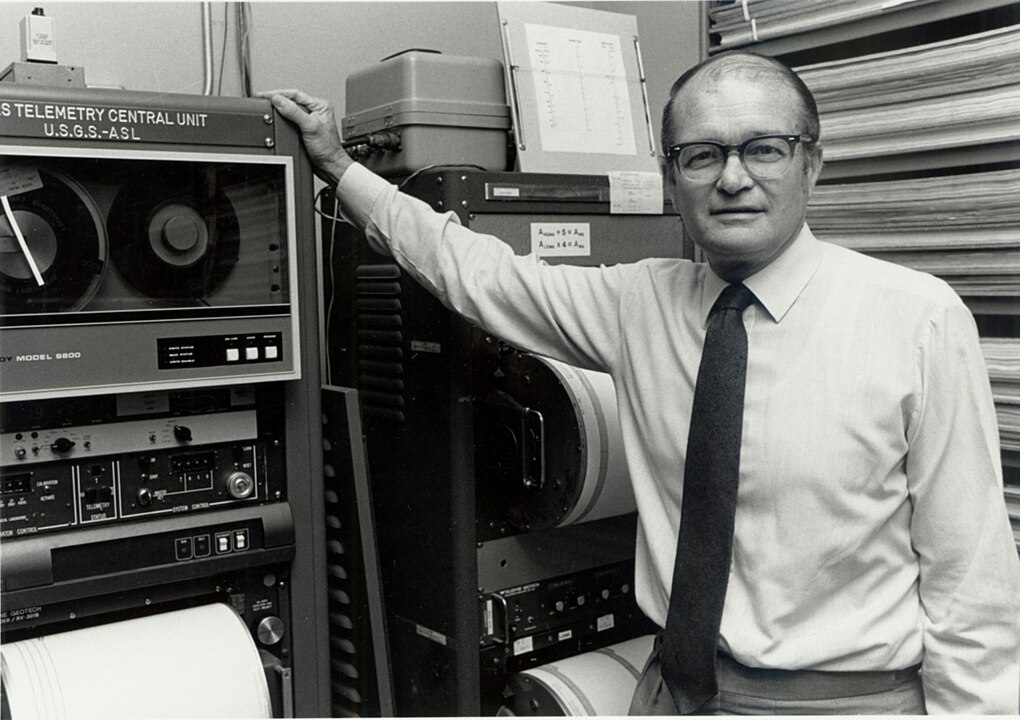
Richard Dixon Oldham was a pioneering seismologist whose work led to the discovery of the Earth’s core. By analyzing seismic waves from earthquakes, Oldham identified the distinct behavior of primary (P) waves and secondary (S) waves, leading him to conclude that the Earth must have a core composed of different materials than the surrounding mantle. His work was foundational in the field of seismology and our understanding of Earth’s internal structure.
Nicholas Steno
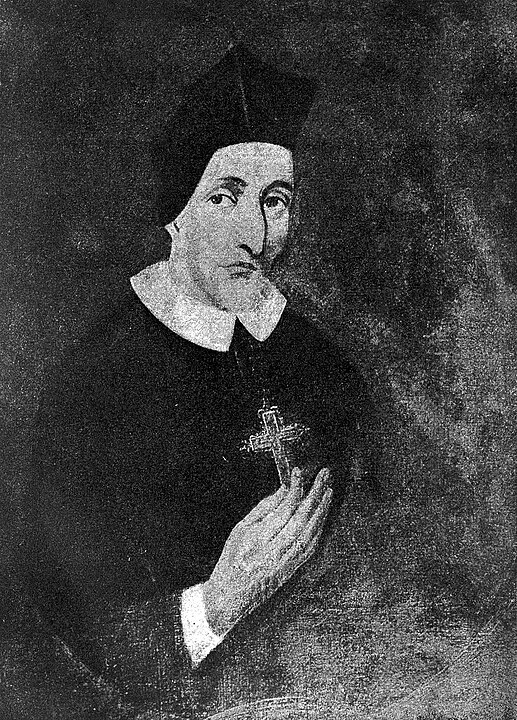
Nicholas Steno, a Danish scientist, is often regarded as one of the founders of modern geology. He formulated several key principles of stratigraphy, including the law of superposition, the principle of original horizontality, and the principle of lateral continuity. These principles laid the groundwork for the study of sedimentary rock layers and the relative dating of geological formations, which are fundamental to the field of geology today.
James Dwight Dana
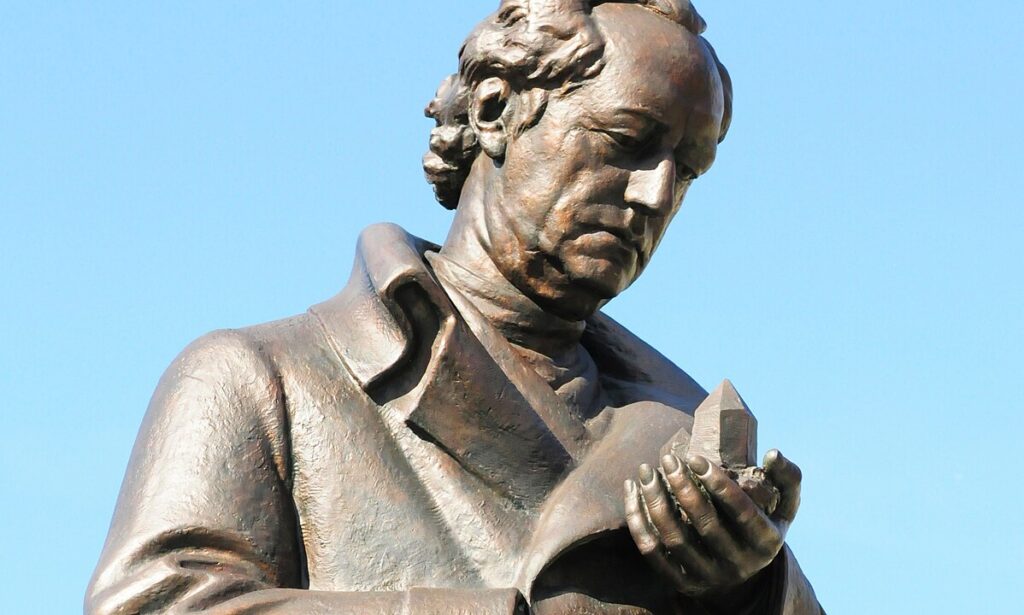
James Dwight Dana was an American geologist and mineralogist who made significant contributions to the study of mountain building, volcanic activity, and the classification of minerals. Dana’s work on the origin and structure of mountain ranges, particularly his studies of the Appalachian Mountains, advanced the understanding of tectonic processes. His mineral classification system, based on chemical composition and crystal structure, is still in use today.
Benjamin Franklin
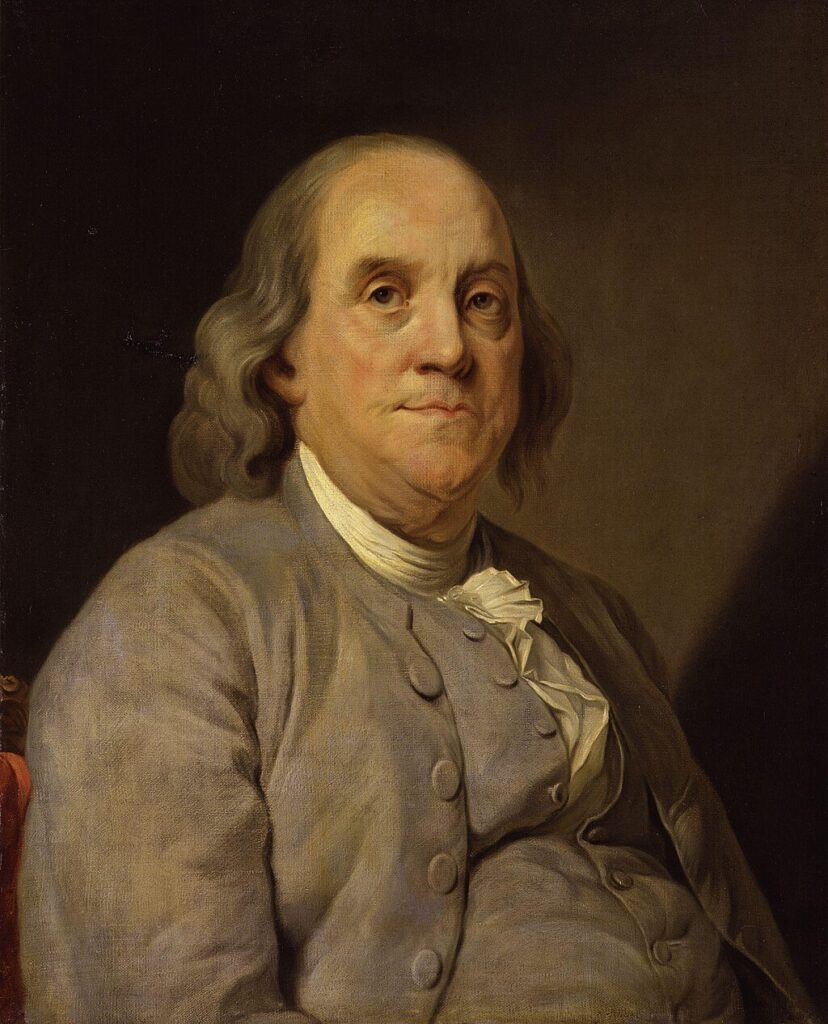
Though better known as a founding father of the United States, Benjamin Franklin made important contributions to early geology. Franklin’s observations and writings on the Gulf Stream and ocean currents, as well as his theories on the formation of mountains and earthquakes, reflected an early understanding of geological processes. His work laid the groundwork for later studies in oceanography and the dynamic nature of Earth’s crust.
Grove Karl Gilbert
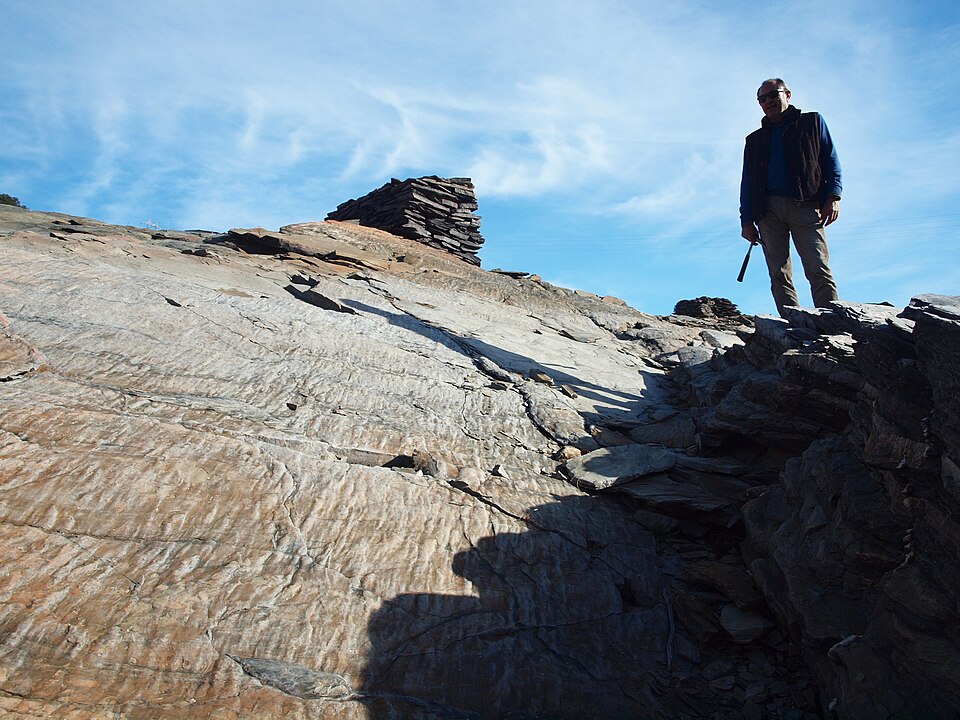
Grove Karl Gilbert was an American geologist who made significant contributions to geomorphology and the study of landforms. His work on the processes of erosion, sedimentation, and the formation of deltas helped establish the concept of dynamic equilibrium in landscapes. Gilbert’s studies of the Great Basin region and the development of the theory of lunar craters also advanced the understanding of planetary geology.
John Tuzo Wilson
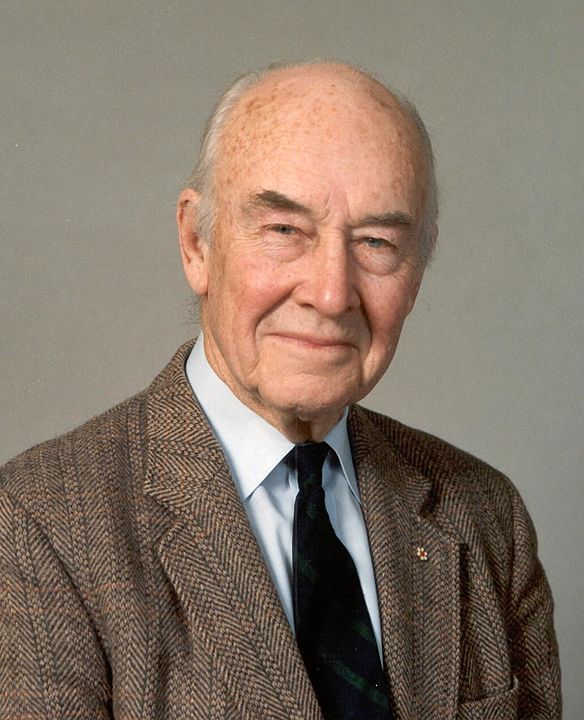
John Tuzo Wilson was a Canadian geophysicist and geologist who played a crucial role in the development of the theory of plate tectonics. Wilson proposed the concept of transform faults, which are fractures in the Earth’s crust where plates slide past one another. His work on the Wilson cycle, describing the cyclical opening and closing of ocean basins, further expanded the understanding of plate tectonics and continental drift.
Eduard Suess
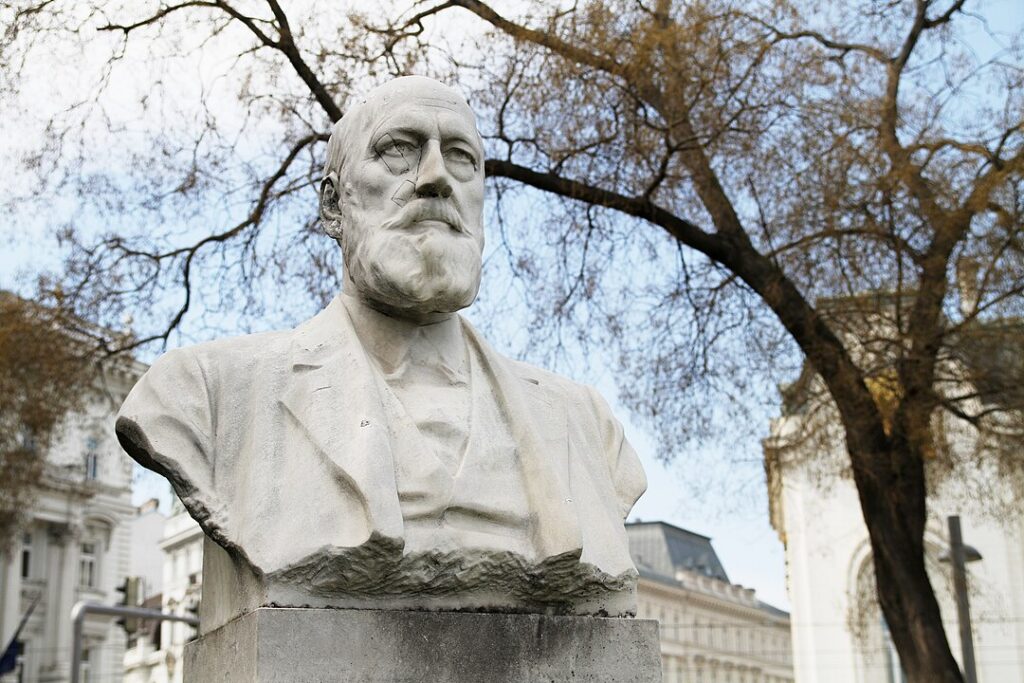
Eduard Suess was an Austrian geologist whose work laid the foundation for the theory of Gondwana and the concept of the supercontinent. Suess proposed the existence of a southern supercontinent, which he named Gondwanaland, and provided evidence for its existence through the distribution of similar rock formations and fossils across different continents. His ideas were crucial in the later development of the theory of plate tectonics and continental drift.
Clarence King
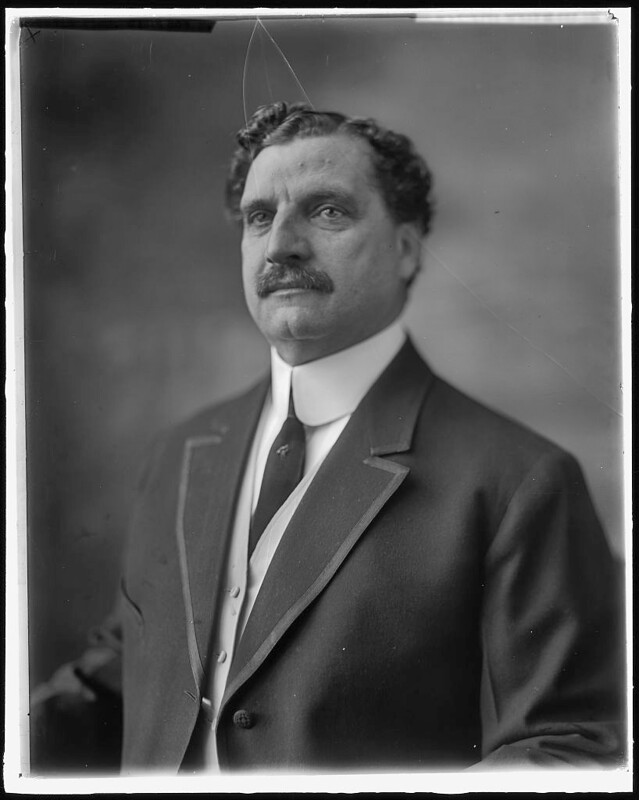
Clarence King was an American geologist and the first director of the United States Geological Survey (USGS). King’s extensive surveys of the western United States, particularly his studies of the Sierra Nevada, provided valuable geological data and helped establish the importance of geological mapping for resource exploration. His work also contributed to the understanding of the geological history of the American West.
Florence Bascom
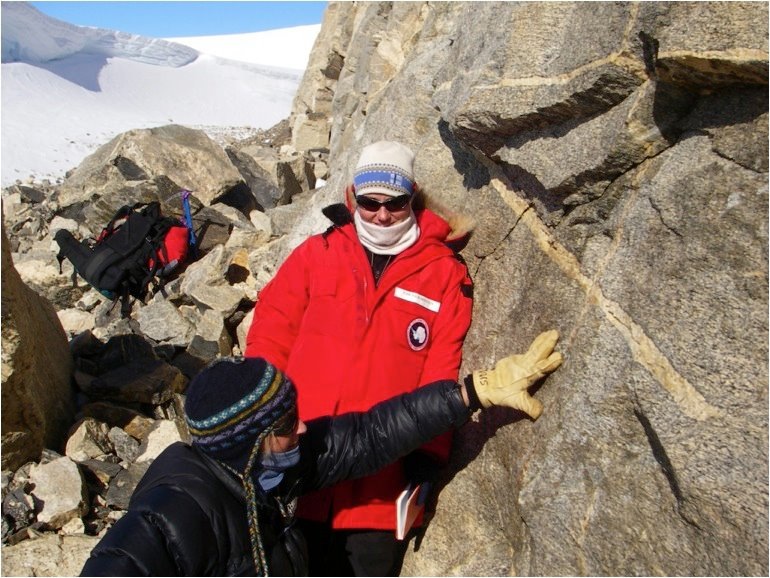
Florence Bascom was a pioneering American geologist and the first woman to earn a Ph.D. in geology in the United States. Bascom’s work in petrography, the study of rocks under a microscope, helped advance the understanding of the origin and classification of igneous and metamorphic rocks. She also made significant contributions to the study of the Piedmont region and the Appalachian Mountains, and she played a key role in mentoring future generations of geologists.
Charles Doolittle Walcott

Charles Doolittle Walcott was an American paleontologist and geologist known for his discovery of the Burgess Shale, a fossil-rich deposit in the Canadian Rockies. The Burgess Shale contains well-preserved fossils of soft-bodied organisms from the Cambrian period, providing a unique window into early animal life on Earth. Walcott’s work on these fossils greatly expanded the understanding of the Cambrian explosion and the evolution of complex life forms.
Reginald Aldworth Daly
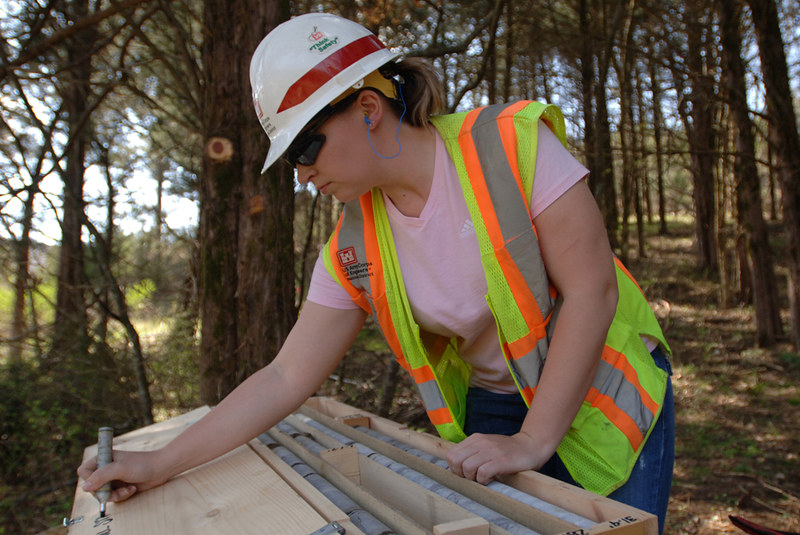
Reginald Aldworth Daly was a Canadian geologist who made significant contributions to the understanding of volcanic activity and the structure of the Earth’s crust. Daly’s work on the origin of basaltic magmas and the theory of magmatic differentiation helped explain the diversity of igneous rocks. His concept of “gravitational gliding” provided insights into the movement of large rock masses and the formation of mountain ranges.
Alexander von Humboldt
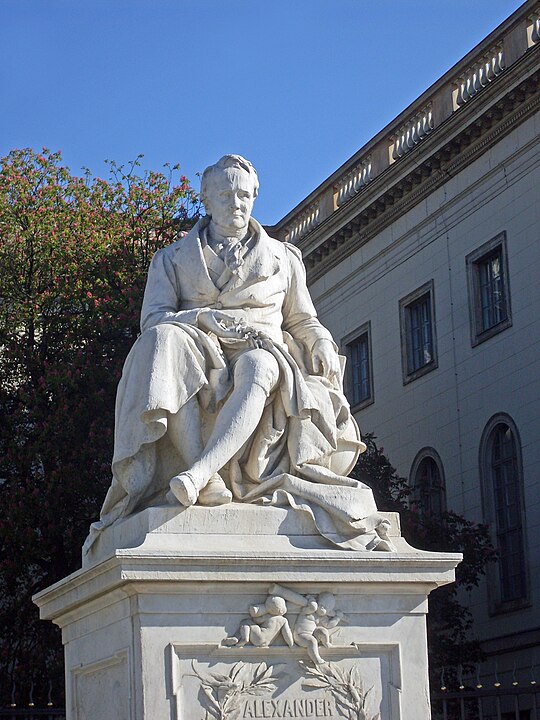
Alexander von Humboldt was a Prussian geologist, naturalist, and explorer whose work laid the foundation for the fields of biogeography and Earth sciences. Humboldt’s detailed observations of rock formations, volcanoes, and climatic patterns during his travels in the Americas and Europe contributed to the understanding of the Earth’s geological processes. His interdisciplinary approach and emphasis on the interconnectedness of natural systems influenced generations of scientists.
Walter Alvarez
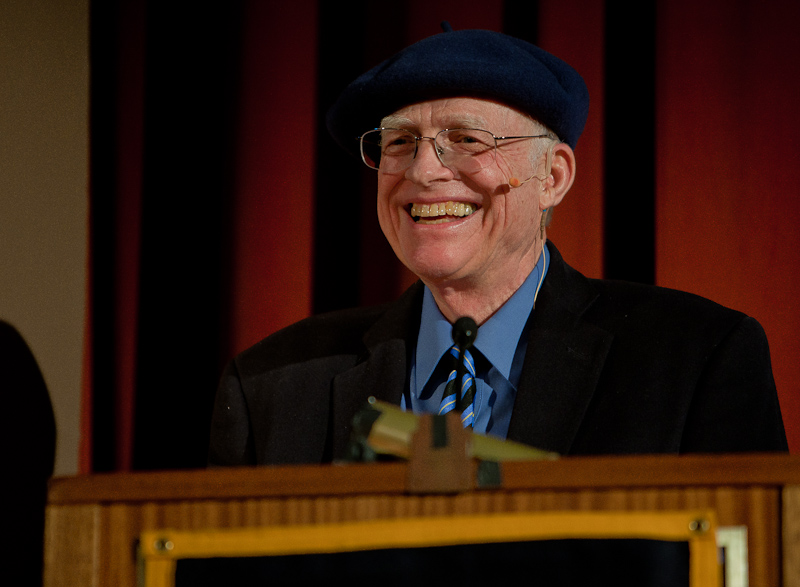
Walter Alvarez, an American geologist, is best known for his role in developing the theory that a massive asteroid impact led to the extinction of the dinosaurs. Alvarez and his colleagues discovered a layer of iridium-rich clay in the Earth’s crust, which they linked to a catastrophic impact event 66 million years ago. This discovery provided strong evidence for the impact hypothesis and revolutionized the understanding of mass extinctions and their causes.
This article originally appeared on UnifyCosmos.
More from UnifyCosmos
18 Clues You`re Dealing with a Manipulative Friend

In this article, we’ll explore 18 clues that may reveal if you’re dealing with a manipulative friend. Read more!
21 Signs of Social Isolation to Watch for If You Live Alone

This article highlights the key red flags of social isolation for those living alone, providing insight and practical advice to help identify and address these issues early. Read more!
20 Risks Rich People Take That Make Them Successful

This article explores some of the key risks that rich people take and how these decisions contribute to their remarkable achievements. Read more!
Leave a Reply